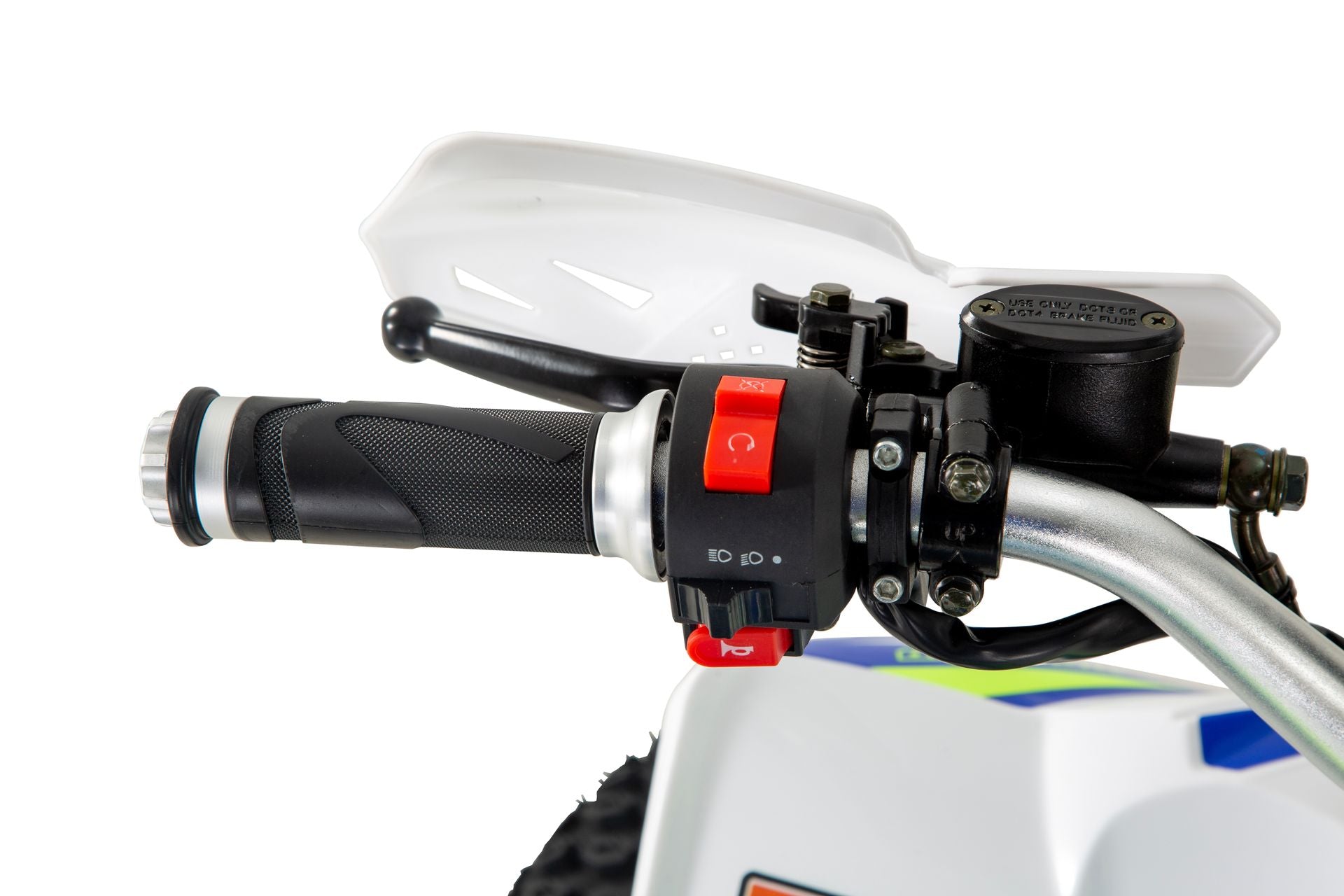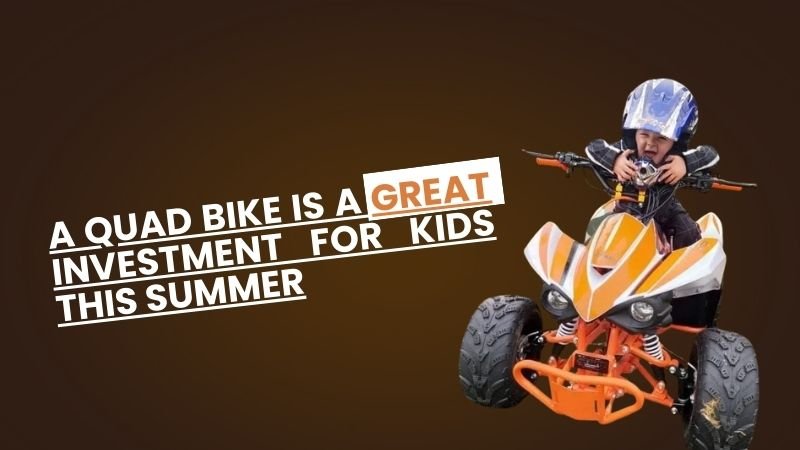Dive into the differences between electric and petrol quad bikes for kids. Discover the pros and cons to make an informed choice for your child's next adventure ride.
Electric vs. Petrol Quad Bikes for Kids: The Ultimate Guide
The excitement of watching your child ride their first quad bike is unparalleled. But before that joyous moment arrives, parents often face a dilemma - should they opt for an electric quad or a petrol-powered one? Both have their merits and shortcomings. In this guide, we’ll delve into the primary differences between electric and petrol quad bikes for kids, and the pros and cons of each.
What are Electric and Petrol Quad Bikes?
Electric Quad Bikes are powered by rechargeable batteries. They are designed to offer a quieter and more environmentally-friendly ride.
Petrol Quad Bikes , on the other hand, run on gasoline, much like traditional vehicles. They have internal combustion engines and are known for their powerful performance.
Pros and Cons of Electric Quad Bikes for Kids:
Pros:
- Eco-Friendly: Electric quads emit no harmful gases, making them an environmentally-friendly choice.
- Quieter: They operate silently, which is perfect for residential areas and reduces noise pollution.
- Easier Maintenance: Without the intricacies of an internal combustion engine, electric quads generally require less maintenance.
- Safety: Most electric quads for kids come with adjustable speed settings, giving parents better control over their child's safety.
- Immediate Torque: Electric engines deliver power instantly, giving a smooth and responsive ride.
Cons:
- Limited Ride Time: Once the battery is depleted, you'll have to wait for it to recharge, which can be inconvenient.
- Less Powerful: While electric quads are improving, they might not offer the same power as petrol versions, especially on challenging terrains.
- Battery Replacement: Over time, batteries will need replacing, which can be an added expense.
Pros and Cons of Petrol Quad Bikes for Kids:
Pros:
- Greater Power: Petrol engines generally offer more horsepower, making them suitable for varied terrains and more adventurous rides.
- Longer Ride Time: As long as there's fuel, the adventure continues. Refueling is quick, ensuring minimal downtime.
- Lifespan: With proper maintenance, petrol quads can last for years, often outliving their electric counterparts.
- Resale Value: Due to their longevity and popularity, petrol quads often have a higher resale value.
Cons:
- Environmental Concerns: Petrol quads emit exhaust gases, which aren't environmentally friendly.
- Noise: They are considerably louder than electric quads, which can be an issue in certain settings.
- Maintenance: Petrol engines require regular maintenance, including oil changes, filter replacements, and more.
- Safety Concerns: Petrol can be flammable, and there's always a slight risk associated with storing and handling it.
Making Your Choice:
When determining the best quad bike for your child, consider the following:
- Purpose: If your child is just starting out and you want something for gentle rides in the backyard or park, an electric quad may suffice. However, for off-road adventures or more challenging terrains, a petrol quad might be better suited.
- Age and Experience: Younger kids or beginners might benefit from the controlled speed and ease of an electric quad. For older kids or those with some riding experience, the power of a petrol quad might be more enticing.
- Maintenance Willingness: If you're not keen on regular maintenance, an electric quad's simplicity might appeal more.
- Environmental Concerns: If reducing your carbon footprint is a priority, an electric quad is the clear winner.
- Budget: While the initial investment might be similar, consider long-term costs. Electric quads might require battery replacements, while petrol quads will have fuel costs and potentially higher maintenance expenses.
In conclusion, both electric and petrol quad bikes offer unique experiences for young riders. Your decision will hinge on your child's needs, your willingness for maintenance, budget, and personal preferences. Whatever you choose, ensure you prioritize safety by investing in the right gear and providing adequate supervision. Here's to many adventures ahead!



















